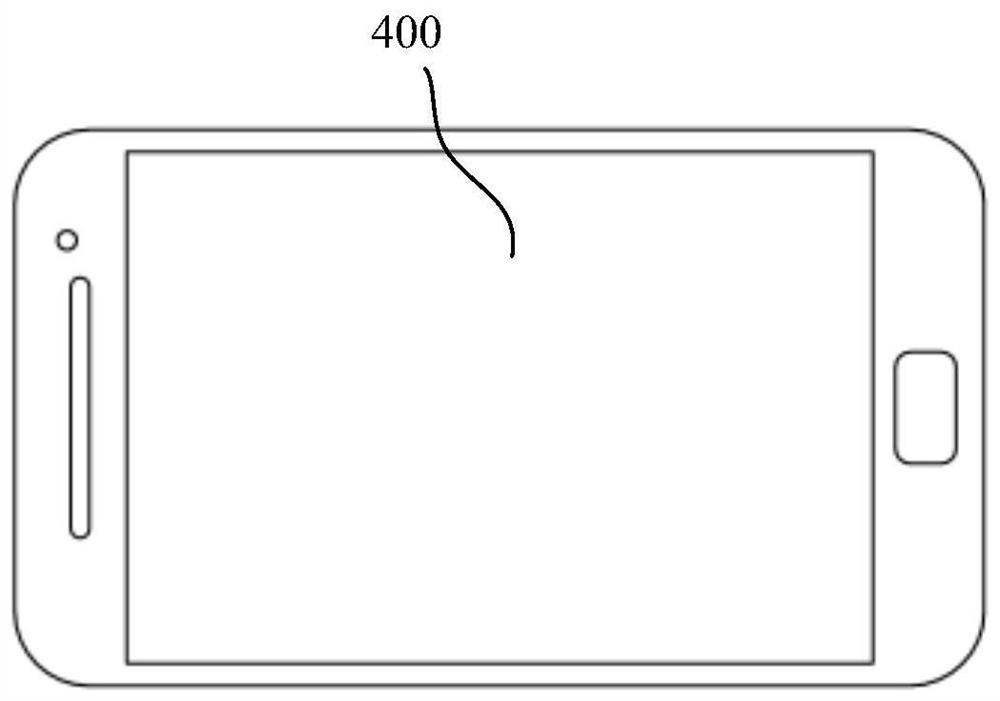Nitrogen-containing compound and electronic component and electronic device using the same
A nitrogen compound, electronic component technology, applied in electrical components, electric solid state devices, circuits, etc., can solve the problems of reduced luminous efficiency, reduced performance of light-emitting devices, shortened lifespan, etc., to improve glass transition temperature, improve stability, The effect of prolonging life
- Summary
- Abstract
- Description
- Claims
- Application Information
AI Technical Summary
Problems solved by technology
Method used
Image
Examples
Synthetic example
[0159] Synthesis of Intermediates
[0160]
[0161] To a dry and nitrogen purged round bottom flask was added 1-bromo-2-iodo-3-chlorobenzene (50.0 g, 157.5 mmol), phenylboronic acid (19.2 g, 157.5 mmol), tetrakis(triphenylphosphine) Palladium (9.1 g, 7.8 mmol), tetrabutylammonium bromide (2.5 g, 7.8 mmol), potassium carbonate (65.2 g, 472.6 mmol), toluene (400 mL), ethanol (200 mL), deionized water (100 mL), The temperature was raised to 75°C under stirring and kept for 8 h; then the reaction mixture was cooled to room temperature, deionized water (200 mL) was added, stirred for 15 minutes, the organic phase was separated, and anhydrous magnesium sulfate was added to dry, and the solvent was removed under reduced pressure; the obtained The crude product was purified by silica gel column chromatography using dichloromethane / n-heptane (1:3) as mobile phase to obtain intermediate SM-D (35.8 g, 85% yield).
[0162] In a round-bottomed flask that was dried and replaced with nit...
Embodiment 1
[0215] Example 1: Green Organic Electroluminescent Device
[0216] Anodes were prepared by the following process: ITO thickness was The substrate (manufactured by Corning) was cut into a size of 40mm × 40mm × 0.7mm, and a photolithography process was used to prepare it into an experimental substrate with cathode, anode and insulating layer patterns, using ultraviolet ozone and O 2 :N 2 A plasma surface treatment was performed to increase the work function of the anode (experimental substrate) and to remove scum.
[0217] Vacuum evaporation of F4-TCNQ on the experimental substrate (anode) to form a thickness of The hole injection layer (HIL), and NPB was evaporated on the hole injection layer to form a thickness of the hole transport layer.
[0218] Compound 1 was vacuum evaporated on the hole transport layer to form a thickness of electron blocking layer.
[0219] On the electron blocking layer, GH-n1:GH-n2:Ir(ppy) 3 Co-evaporation was carried out in the ratio of 50...
Embodiment 2- Embodiment 40
[0223] In forming the electron blocking layer, the compound shown in Table 12 was substituted for Compound 1 in Example 1, and an organic electroluminescent device was fabricated by the same method as in Example 1.
PUM
 Login to View More
Login to View More Abstract
Description
Claims
Application Information
 Login to View More
Login to View More - R&D
- Intellectual Property
- Life Sciences
- Materials
- Tech Scout
- Unparalleled Data Quality
- Higher Quality Content
- 60% Fewer Hallucinations
Browse by: Latest US Patents, China's latest patents, Technical Efficacy Thesaurus, Application Domain, Technology Topic, Popular Technical Reports.
© 2025 PatSnap. All rights reserved.Legal|Privacy policy|Modern Slavery Act Transparency Statement|Sitemap|About US| Contact US: help@patsnap.com



